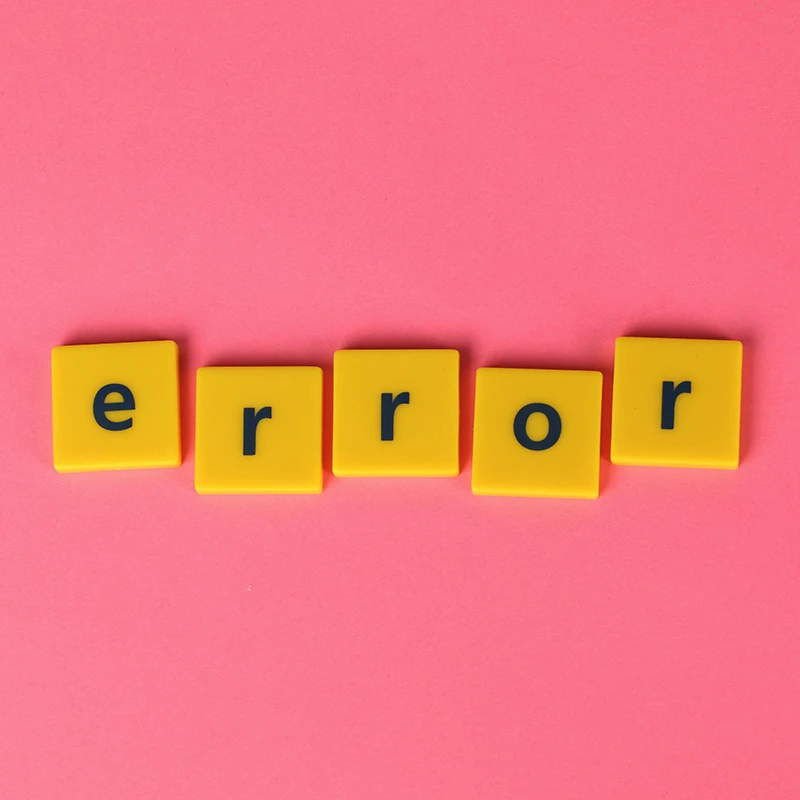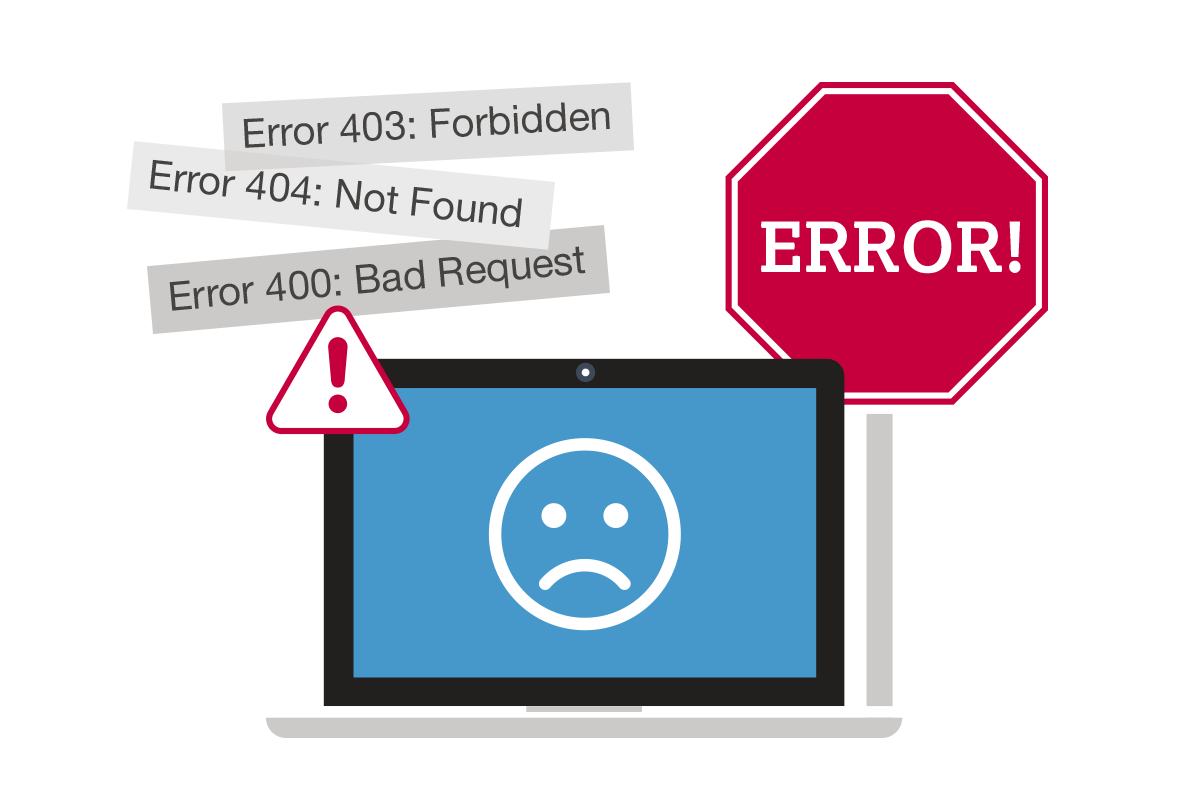The Most Common Website Errors and What They Mean

When you enter a URL in your browser's address bar or click a link to a site, the desired web page will usually load on your device. Occasionally, though, something goes wrong and you get an error.
There are many different kinds of website errors, and each is assigned a three-digit HTTP status code. The error codes you’re most likely to see are those in the 400-499 range, which indicate an error on the user side (the web browser), and those in the 500-599 range, which means there’s a problem on the server side. Here are the most common errors you might encounter while browsing the internet and what they mean.
- Error 400: Bad Request: The 400 is a generic error you get when the server can’t understand the request from the browser, either because it was not sent correctly or because it was corrupted along the way. A 400 error can be due to a number of factors, including a bad internet connection, a caching issue, or a browser malfunction. Check your connection and settings, clear your cache, open a different browser, and retry.

- Error 401: Authorization Required: The 401 error occurs when you try to access a web page that requires a password. There’s no workaround for this one other than obtaining a password through the proper channels.
- Error 403: Forbidden: When you try to load a web page you don’t have permission to access, you’ll get a 403 error. Usually, getting this error means you have entered a URL or clicked a link that goes to a page that has been set up with access permissions, meaning you have to have an account or some other type of authorization in order to access the page. Try going to the website’s home page and getting to your desired location from there, checking to see if an account signup is an option.
- Error 404: Not Found: A 404 error indicates that the server can't find the page you’re looking for. With this error, chances are the URL has been entered incorrectly, so double-check the spelling, punctuation and suffix (.com, .net, .org, etc.) of the domain name and try again.
- Error 405: Method Not Allowed: The 405 error is less common and less easily defined than some others. Basically, a 405 error means that the server understands what the web browser is asking for, but is refusing to fulfill the request. A 405 error could be the result of an error in the website’s code or a faulty redirect.
- Error 500: Internal Server Error: The 500 is the most common server error, and like the 400 it’s a generic code that points to an unspecified problem. Whenever a server encounters a difficulty that prevents it from fulfilling a request and the issue is not one described by the other available server codes, the server generates a 500 error. Try reloading the page, clearing the cache, deleting cookies and restarting the browser.
- Error 503: Service Unavailable: A 503 error indicates that the web server is unable to process the request. When you get a 503 error, it could mean the server is undergoing maintenance, or is overloaded with requests. The best approach with the 503 error is to try again later.

